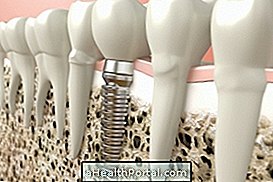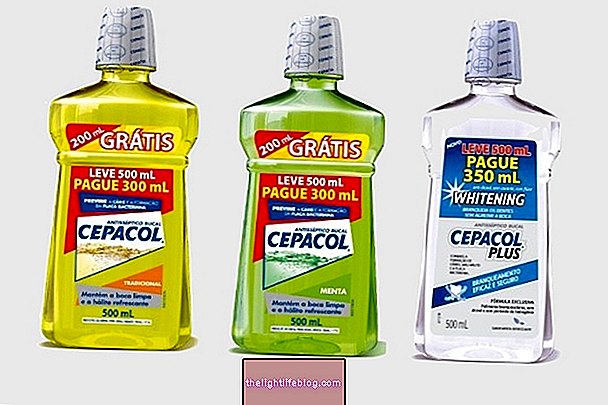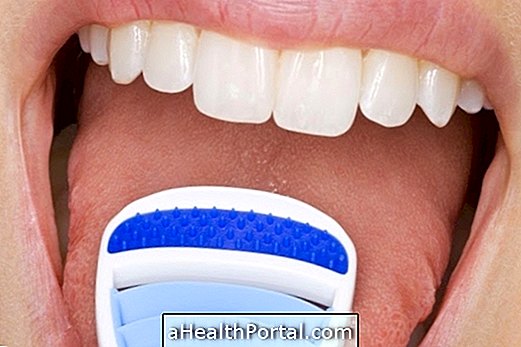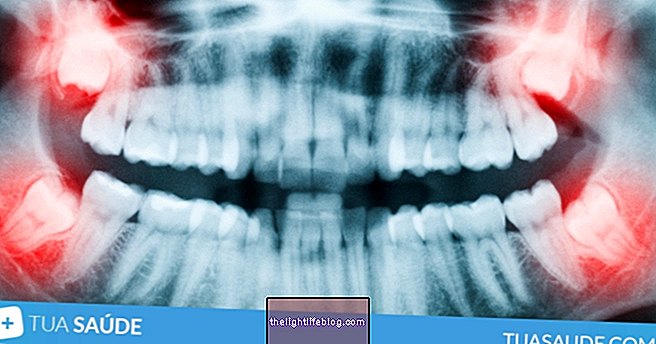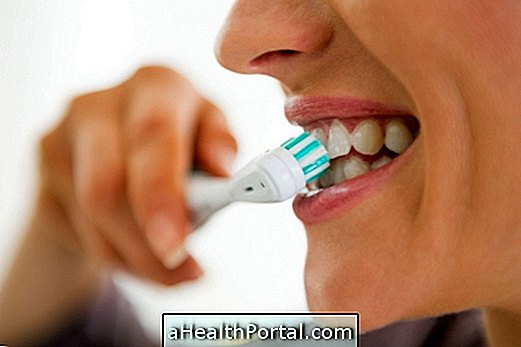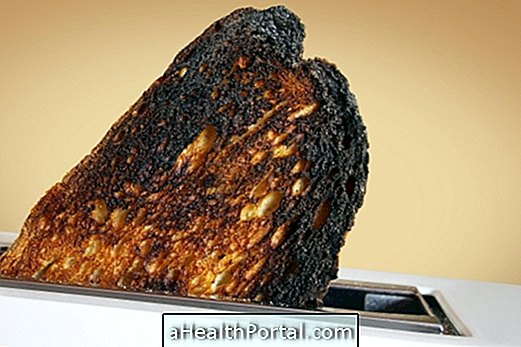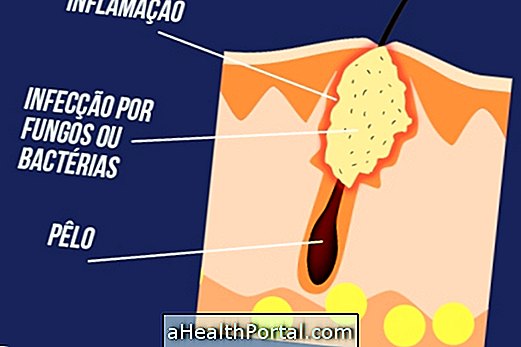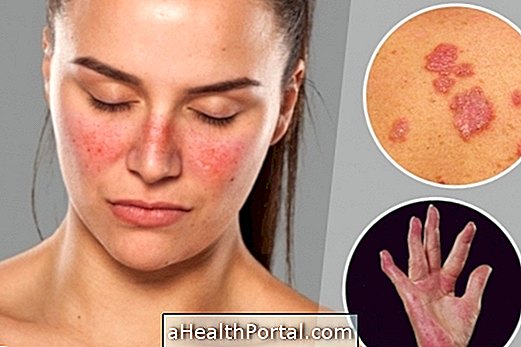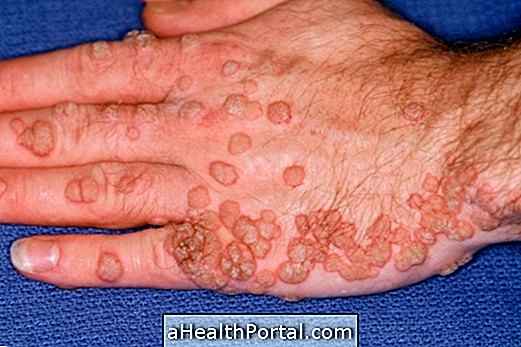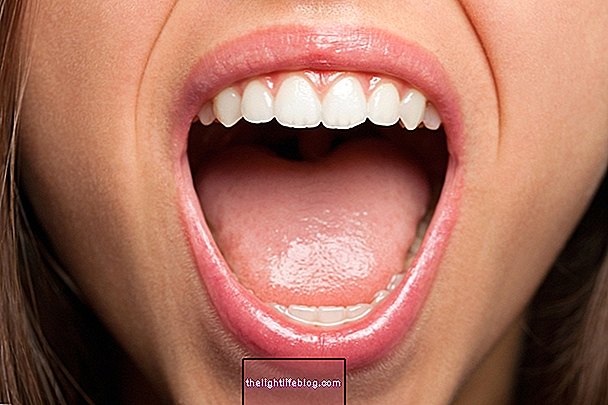Treatment for cancer of the mouth can be done through surgery, chemotherapy, radiation therapy or target therapy, depending on the location of the tumor, severity of the disease and whether the cancer has spread to other parts of the body.
The chances of curing this type of cancer are higher the sooner treatment is started. Therefore, it is very important to be alert to symptoms that may indicate oral cancer, such as:
- Wound or sore mouth that does not heal;
- White or red spots on the inside of the mouth;
- Appearance of the throat.
When they do occur, you should see a dentist or general practitioner to identify the problem that may be causing the symptoms and start treatment as soon as possible. Mouth cancer cases are more common in people with a family history of illness, cigarette smoking, or recurrent practice of unprotected oral sex with multiple partners.
Learn other symptoms and how to identify oral cancer.
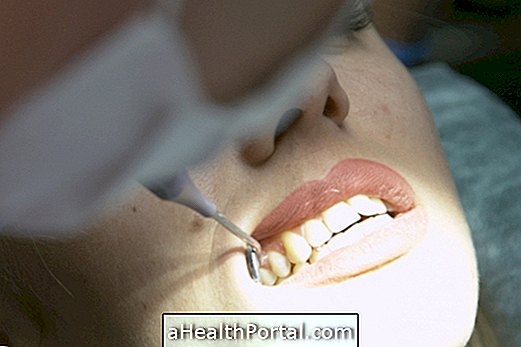
1. How is surgery done?
The surgery for mouth cancer aims to remove the tumor so that it does not increase in size, or spread to other organs. Most of the time, the tumor is small and therefore it is only necessary to remove a piece of gum, however, there are several surgical procedures to remove the cancer, depending on the location of the tumor:
- Glossectomy : consists of the removal of part or all of the tongue, when the cancer is present in this organ;
- Mandibulectomy : is done by removing all or part of the jaw bone, performed when the tumor develops in the jaw bone;
- Maxilectomy : When the cancer develops in the roof of the mouth, it is necessary to remove the bone from the maxilla;
- Laryngectomy : consists of removal of the larynx when the cancer is located in this organ or spread there.
Usually, after surgery, it is necessary to reconstruct the affected area in order to maintain its functions and aesthetics, being used for this, muscles or bones of other parts of the body. Recovery from surgery varies from person to person, but can last up to 1 year.
Although rare, some side effects of surgery for mouth cancer include difficulty in speaking, swallowing or breathing and aesthetic changes on the face, depending on the sites that have been treated.
2. How the target therapy works
Target therapy uses drugs to help the immune system specifically identify and attack cancer cells, causing little effect on normal cells in the body.
One drug used in target therapy is Cetuximab, which prevents the growth of cancer cells and prevents them from spreading throughout the body. This medicine may be combined with radiation or chemotherapy to increase the chance of a cure.
Some side effects of targeted therapy for cancer in the blister may be allergic reactions, difficulty breathing, increased blood pressure, acne, fever or diarrhea, for example.

3. When chemotherapy is needed
Chemotherapy is usually used before surgery, to decrease the size of the tumor, or after, to eliminate the last cancerous cells. However, it can also be used when there are metastases, to try to eliminate them and facilitate treatment with other options.
This type of treatment can be done by ingestion of pills, at home, or with medicines placed directly in the vein, in the hospital. These drugs, such as Cisplatin, 5-FU, Carboplatin or Docetaxel, have the function of eliminating all cells that are growing very rapidly and therefore, in addition to cancer can also attack hair cells and nails, for example.
Thus, the most frequent side effects of chemotherapy include:
- Hair loss;
- Inflammation of the mouth;
- Loss of appetite;
- Nausea or vomiting;
- Diarrhea;
- Increased chance of infections;
- Sensitivity and muscle pain.
The severity of the side effects depends on the medicine used and the dosage, but usually disappear after a few days after treatment.
4. When to do radiotherapy
Radiotherapy for cancer of the mouth is similar to chemotherapy, but uses radiations to destroy or slow the growth of all cells of the mouth, and can be applied alone or associated with chemotherapy or target therapy.
Radiotherapy for cancer of the mouth and oropharynx is usually applied externally through a machine that emits radiation over the mouth and should be performed 5 times a week for a few weeks or months.
By attacking several cells of the mouth, this treatment can cause burns on the skin where the radiation is applied, hoarseness, loss of taste, redness and irritation of the throat or the appearance of mouth sores, for example.
